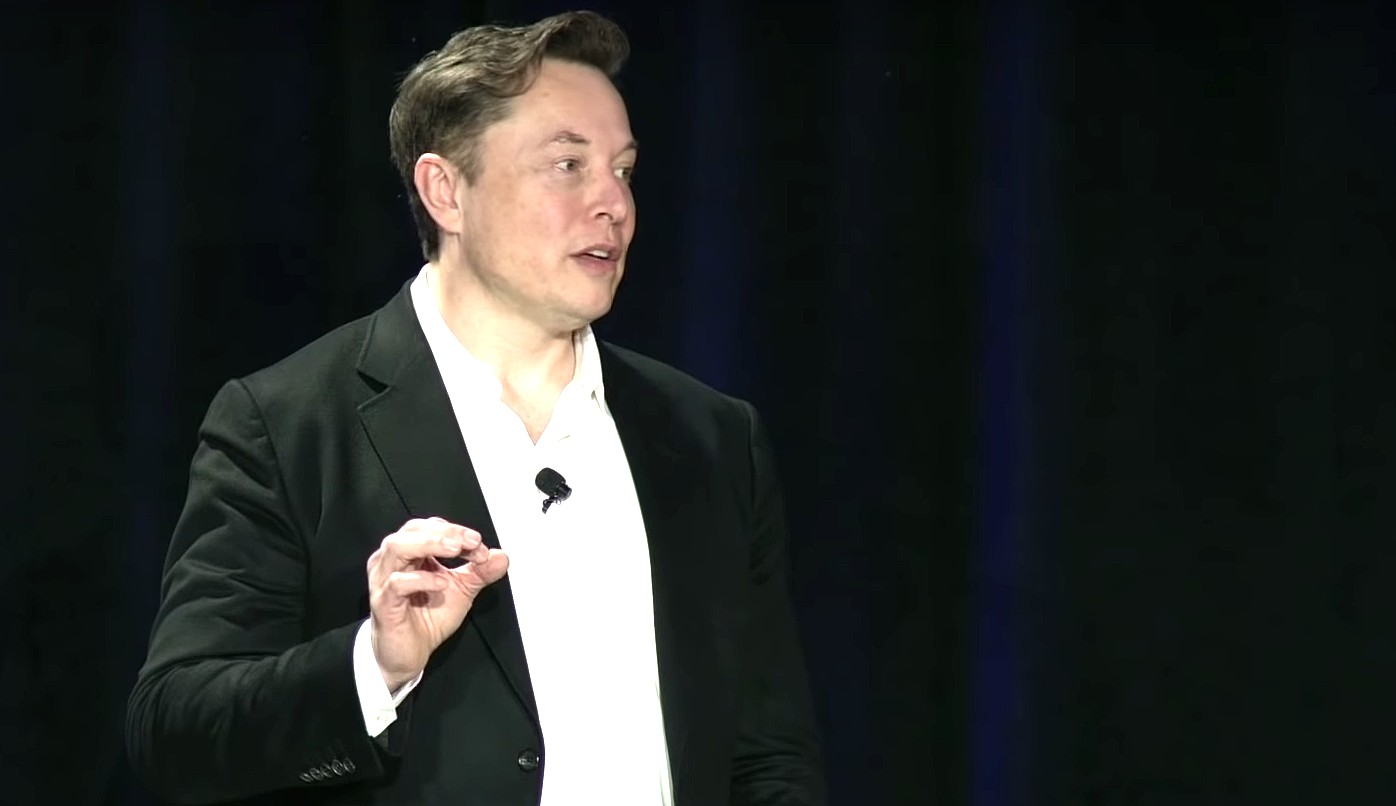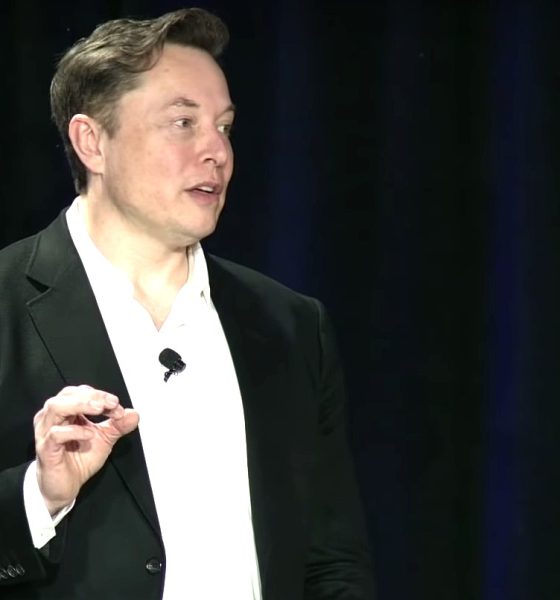Elon Musk’s trial regarding Tesla’s 2018 acquisition of SolarCity in Wilmington, Delaware, took an interesting turn today. One attorney vomited in the jury box, and Musk’s brother Kimbal took the stand for questioning on Wednesday.
The trial was brought to a temporary halt for two hours as one attorney, who was seated in the jury box, vomited, the Independent reported. After a routine cleanup by janitorial staff at the Delaware courtroom, the trial finally resumed, and Wednesday brought Kimbal Musk to the stand. Kimbal, a Tesla board member and a businessman in the food sector, said he was not aware of Elon’s activities regarding the SolarCity acquisition.
“I was unaware of my brother’s activities,” Kimbal said to Judge Joseph Slights. The trial is attempting to solve the question of whether Elon pressured Tesla board members to acquire SolarCity, a solar panel manufacturer that was founded by cousins of the Musk family. At the time, Elon held a 22% stake in both Tesla and SolarCity. Still, the Tesla CEO maintains that he did not allow himself from voting on the potential acquisition as he was the largest shareholder of both companies at the time of the vote. Musk reportedly “urged a speedup of due-diligence review of the deal in mid-2016 even as advisors at Evercore Partners wanted to dig deeper into a cash crunch at the maker of solar roof panels,” the Bloomberg report indicates.
Kimbal added later that he was unaware that Evercore advisors and some bankers were surprised to see SolarCity struggling with cash flow. The company was in danger of triggering default provisions if its cash reserves sunk below $116 million. Kimbal said he didn’t think it was “a lot of money” but realized “cash in the bank is what matters” when it comes to provisions.
“Were you aware that while Evercore wanted to slow down the diligence review, your brother was pushing to speed things up,” Lee Rudy, a lawyer for the shareholders, asked. “I was not aware of that,” Kimbal replied. However, after his successful career as a businessman that has included many acquisitions and mergers, Kimbal said he doesn’t consider bankers’ opinions to be of significant value. “I avoid them whenever I can. Bankers are involved to make a deal happen. I don’t put much stock in what they have to say.”
Shareholders of Tesla stock feel that the acquisition was unfair and may have been a bailout plan for SolarCity founders Lyndon and Peter Rive, cousins of both Elon and Kimbal. The shareholders who brought the trial on believe that Musk might have applied unfair pressure to the Tesla board. Musk denies these claims and said he had “no material role” in the decision to acquire SolarCity.
Elon Musk makes opening remarks in SolarCity trial, defends Tesla’s $2.6B acquisition
Elon Musk has sparred with opposing lawyer Randy Baron since the beginning of the trial. The Tesla CEO has called Baron “a bad human being” and has called his questions “deceptive.”
The trial is expected to go on for two weeks, according to Judge Slights. Slights will then deliberate and come to a verdict on his own.
Don’t hesitate to contact us with tips! Email us at tips@teslarati.com, or you can email me directly at joey@teslarati.com.

Elon Musk
Elon Musk and Tesla AI Director share insights after empty driver seat Robotaxi rides
The executives’ unoccupied tests hint at the rapid progress of Tesla’s unsupervised Robotaxi efforts.

Tesla CEO Elon Musk and AI Director Ashok Elluswamy celebrated Christmas Eve by sharing personal experiences with Robotaxi vehicles that had no safety monitor or occupant in the driver’s seat. Musk described the system’s “perfect driving” around Austin, while Elluswamy posted video from the back seat, calling it “an amazing experience.”
The executives’ unoccupied tests hint at the rapid progress of Tesla’s unsupervised Robotaxi efforts.
Elon and Ashok’s firsthand Robotaxi insights
Prior to Musk and the Tesla AI Director’s posts, sightings of unmanned Teslas navigating public roads were widely shared on social media. One such vehicle was spotted in Austin, Texas, which Elon Musk acknowleged by stating that “Testing is underway with no occupants in the car.”
Based on his Christmas Eve post, Musk seemed to have tested an unmanned Tesla himself. “A Tesla with no safety monitor in the car and me sitting in the passenger seat took me all around Austin on Sunday with perfect driving,” Musk wrote in his post.
Elluswamy responded with a 2-minute video showing himself in the rear of an unmanned Tesla. The video featured the vehicle’s empty front seats, as well as its smooth handling through real-world traffic. He captioned his video with the words, “It’s an amazing experience!”
Towards Unsupervised operations
During an xAI Hackathon earlier this month, Elon Musk mentioned that Tesla owed be removing Safety Monitors from its Robotaxis in Austin in just three weeks. “Unsupervised is pretty much solved at this point. So there will be Tesla Robotaxis operating in Austin with no one in them. Not even anyone in the passenger seat in about three weeks,” he said. Musk echoed similar estimates at the 2025 Annual Shareholder Meeting and the Q3 2025 earnings call.
Considering the insights that were posted Musk and Elluswamy, it does appear that Tesla is working hard towards operating its Robotaxis with no safety monitors. This is quite impressive considering that the service was launched just earlier this year.
Elon Musk
Starlink passes 9 million active customers just weeks after hitting 8 million
The milestone highlights the accelerating growth of Starlink, which has now been adding over 20,000 new users per day.

SpaceX’s Starlink satellite internet service has continued its rapid global expansion, surpassing 9 million active customers just weeks after crossing the 8 million mark.
The milestone highlights the accelerating growth of Starlink, which has now been adding over 20,000 new users per day.
9 million customers
In a post on X, SpaceX stated that Starlink now serves over 9 million active users across 155 countries, territories, and markets. The company reached 8 million customers in early November, meaning it added roughly 1 million subscribers in under seven weeks, or about 21,275 new users on average per day.
“Starlink is connecting more than 9M active customers with high-speed internet across 155 countries, territories, and many other markets,” Starlink wrote in a post on its official X account. SpaceX President Gwynne Shotwell also celebrated the milestone on X. “A huge thank you to all of our customers and congrats to the Starlink team for such an incredible product,” she wrote.
That growth rate reflects both rising demand for broadband in underserved regions and Starlink’s expanding satellite constellation, which now includes more than 9,000 low-Earth-orbit satellites designed to deliver high-speed, low-latency internet worldwide.
Starlink’s momentum
Starlink’s momentum has been building up. SpaceX reported 4.6 million Starlink customers in December 2024, followed by 7 million by August 2025, and 8 million customers in November. Independent data also suggests Starlink usage is rising sharply, with Cloudflare reporting that global web traffic from Starlink users more than doubled in 2025, as noted in an Insider report.
Starlink’s momentum is increasingly tied to SpaceX’s broader financial outlook. Elon Musk has said the satellite network is “by far” the company’s largest revenue driver, and reports suggest SpaceX may be positioning itself for an initial public offering as soon as next year, with valuations estimated as high as $1.5 trillion. Musk has also suggested in the past that Starlink could have its own IPO in the future.
News
NVIDIA Director of Robotics: Tesla FSD v14 is the first AI to pass the “Physical Turing Test”
After testing FSD v14, Fan stated that his experience with FSD felt magical at first, but it soon started to feel like a routine.

NVIDIA Director of Robotics Jim Fan has praised Tesla’s Full Self-Driving (Supervised) v14 as the first AI to pass what he described as a “Physical Turing Test.”
After testing FSD v14, Fan stated that his experience with FSD felt magical at first, but it soon started to feel like a routine. And just like smartphones today, removing it now would “actively hurt.”
Jim Fan’s hands-on FSD v14 impressions
Fan, a leading researcher in embodied AI who is currently solving Physical AI at NVIDIA and spearheading the company’s Project GR00T initiative, noted that he actually was late to the Tesla game. He was, however, one of the first to try out FSD v14.
“I was very late to own a Tesla but among the earliest to try out FSD v14. It’s perhaps the first time I experience an AI that passes the Physical Turing Test: after a long day at work, you press a button, lay back, and couldn’t tell if a neural net or a human drove you home,” Fan wrote in a post on X.
Fan added: “Despite knowing exactly how robot learning works, I still find it magical watching the steering wheel turn by itself. First it feels surreal, next it becomes routine. Then, like the smartphone, taking it away actively hurts. This is how humanity gets rewired and glued to god-like technologies.”
The Physical Turing Test
The original Turing Test was conceived by Alan Turing in 1950, and it was aimed at determining if a machine could exhibit behavior that is equivalent to or indistinguishable from a human. By focusing on text-based conversations, the original Turing Test set a high bar for natural language processing and machine learning.
This test has been passed by today’s large language models. However, the capability to converse in a humanlike manner is a completely different challenge from performing real-world problem-solving or physical interactions. Thus, Fan introduced the Physical Turing Test, which challenges AI systems to demonstrate intelligence through physical actions.
Based on Fan’s comments, Tesla has demonstrated these intelligent physical actions with FSD v14. Elon Musk agreed with the NVIDIA executive, stating in a post on X that with FSD v14, “you can sense the sentience maturing.” Musk also praised Tesla AI, calling it the best “real-world AI” today.










